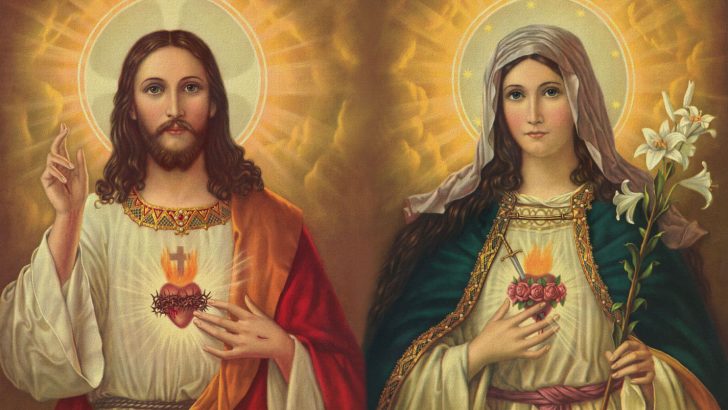Mary in Different Traditions: Seeing the Mother of Jesus with New Eyes
by Thomas G. Casey SJ (Messenger Publications, €9.95/£8.95)
This is a small book that explores some big issues. Author Casey begins by noting the shift of emphasis over the last generations in the way Catholics perceive Our Lady.
Marian devotions, which it has to be said lead many people to attitudes that obscured more important aspects of Catholicism, have declined. Such devotions are not quite as forgotten as he suggests, as the enthusiasm for some new Marian shrines, indicates, but what he writes is basically true.
“The trouble is not simply that we have stopped thinking about Mary in the way our ancestors did, but that we no longer feel about her the same way they did. Fundamentally we have lost our ability to marvel about Mary.
“If she no longer elicits a sense of wonder in us, we’ll be tempted to dismiss devotion to her as a waste of time.”
In this book he hopes to open the eyes of his readers to unconsidered dimension of the figure of Mary through exploring how she is seen in other religious cultures, and indeed as a universally relevant person.
His first chapter is devoted to Mary in the Lutheran tradition (though it has to be noted that the Lutheran tradition does not encompass the full range of Reformation thought on Mary).
Bedrock
He goes on to discuss Mary in the Orthodox Christian world, where readers will find echoes (if they are old enough) of the older Marian culture in Ireland in what many might see as the ancient bedrock of Christian tradition.
In his preface he notes that “Mary was brought up Jewish, and not Catholic”. This to some may seem a startling claim, yet it is a true one.
Many Christians, though they talk vaguely of the Judaea-Christian tradition, seem to pay little attention to the Judaic part of it. This is a mistake, for a better understanding of Judaism would serve us all very well indeed.
But for this review the chapter exploring Mary in Islamic tradition is the most interesting, partly again because most people have only the cloudiest idea of what it is that Islam entails.
“Mary, the mother of Jesus,” he notes, “is the only woman mentioned by name in the Koran or Qur’an. Her name appears more often in the holy book of Islam than in the entire New Testament.”
He discusses in a general way the Islamic traditions of Mary, which most Catholics will find of great interest, and makes very clear the differences of belief inherent in these views.
He also deals with Mary as an element in creating understanding between the two faiths, and the efforts made by the Church to find fellowship with modern Muslims (despite the terrible distortions which extremists on both sides espouse).
Mary’s name appears more often in the holy book of Islam than in the entire New Testament”
However, there is an aspect of Muslim tradition he does not discuss. We have to recall that Islam emerged from the Prophet’s experience of life as a trader among the wealthy cities of Southern Arabia, in the Yemen and the Hadramaut.
These cities were home to urban Arabs (not Bedouins), to Jews and to Chrstians.
They were a melting pot of traditions, and from this pot was cast the tenets of Islam.
Thus Islam gives us insights into both Jewish and Christian ideas outside the bounds of the Roman Empire which have become obscured by later shifts of policy and place.
Knowledge then of Islamic traditions is essential to an understanding of the shaping of early Christianity, and its vision of Mary, the Mother of Jesus.
Altogether this is a valuable little book which ought to be widely read and its information absorbed for the good of us all.


 Peter Costello
Peter Costello
